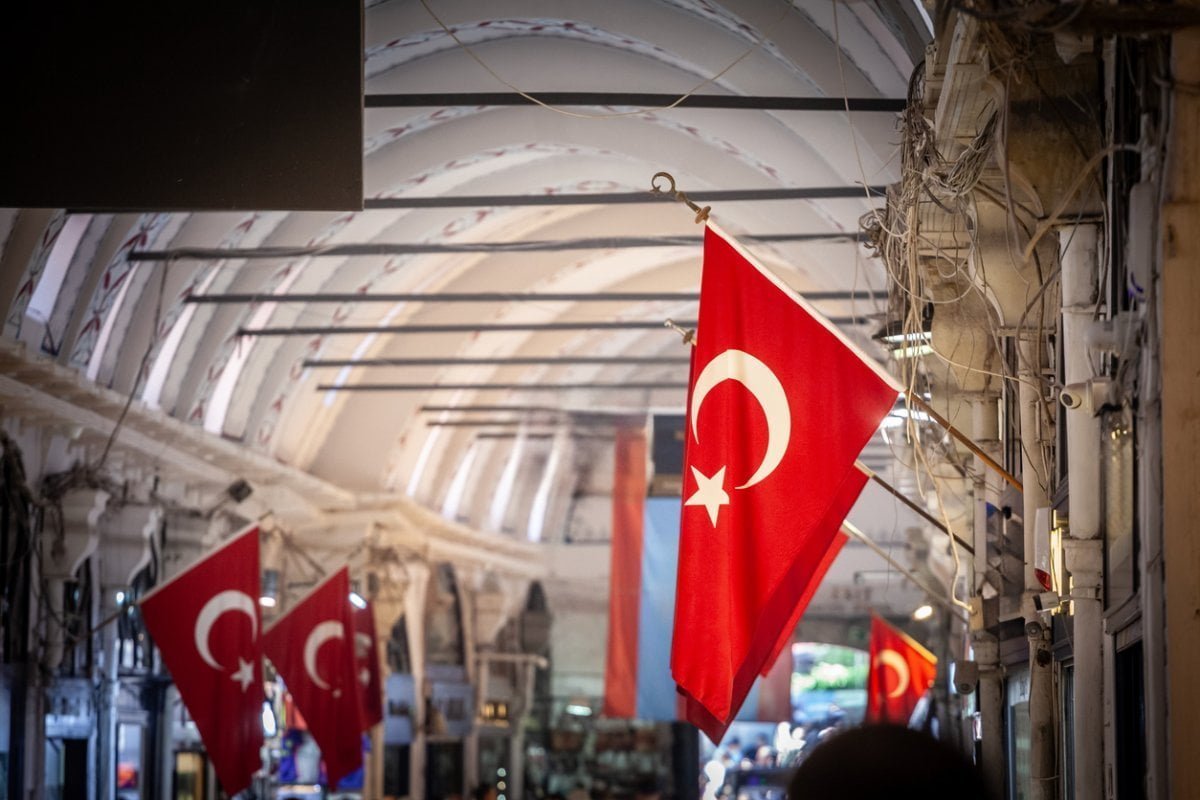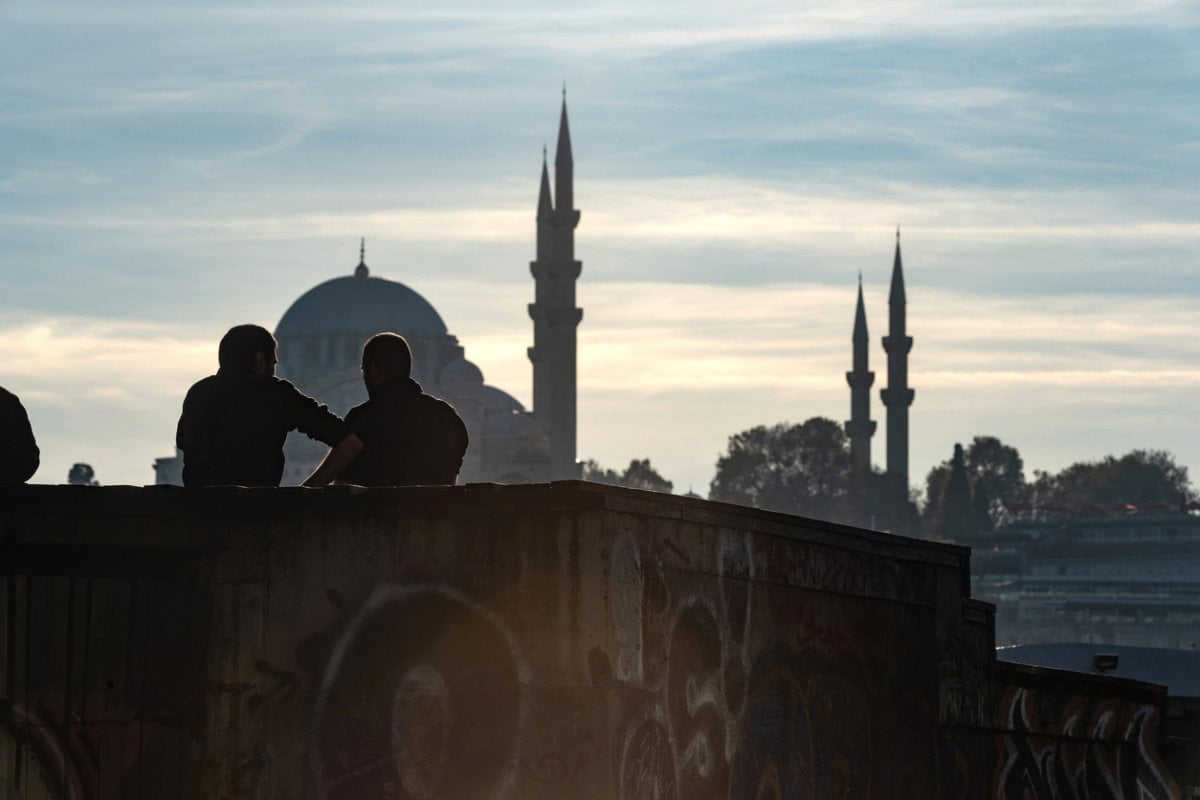As you will discover in so many details, Turkey is a country that blends aspects of the Middle East and the West. aspects of the Middle East and the West.
Y así se puede observar en su cultura, su sistema político, su población…
Todo ello convierte a Turquía en a fascinating and complex country at the same time.
On this page we show you some general facts about Turkey that will help you to get an overall picture of the country, and then go deeper into them during your trip.
Below we present general data on Turkey, with basic information on its main facts and symbols.
Both this data and much of the data compiled below are taken from the Country Fact Sheet prepared by the Diplomatic Information Office of the Spanish Ministry of Foreign Affairs, European Union and Cooperation, as of June 2023.
Where this is not the case, the source and date of the data in question are indicated:

The flag of Turkey shows a moon (waning, as seen from the northern hemisphere) and a five-pointed star on a red background.
No hay explicación oficial sobre su significado.
Según la enciclopedia Britannica, la antigua ciudad de Bizancio (posterior Estambul), ya empleaba dichos símbolos: la luna, como referencia a la diosa pagana Diana, a la que estaba consagrada la ciudad; y la estrella, como referencia a la Virgen desde que el emperador Constantino I declarara el cristianismo religión oficial del imperio y renombrara la ciudad como Constantinopla.
The peoples of Central Asia already used the crescent-phase moon as a symbol and also applied it to the Anatolian territory after their conquest.
The later Muslim peoples in turn maintained these symbols, which, in fact, ended up which, in fact, ended up imposing themselves as references to Islam in general.
About the color, it should be said that the Ottoman Empire, until the end of the 19th century, used green and/or red for its flag, but since 1793 red was definitively adopted to identify the ships of its naval navy.
In 1844, the star changed from eight to five points and all this symbolism was confirmed some time later with the Atatürk revolution, which followed the fall of the Ottoman Empire in 1923.
